ASI begins restoration work of iconic Rumi Darwaza in Lucknow


Public Lokpal
December 11, 2022
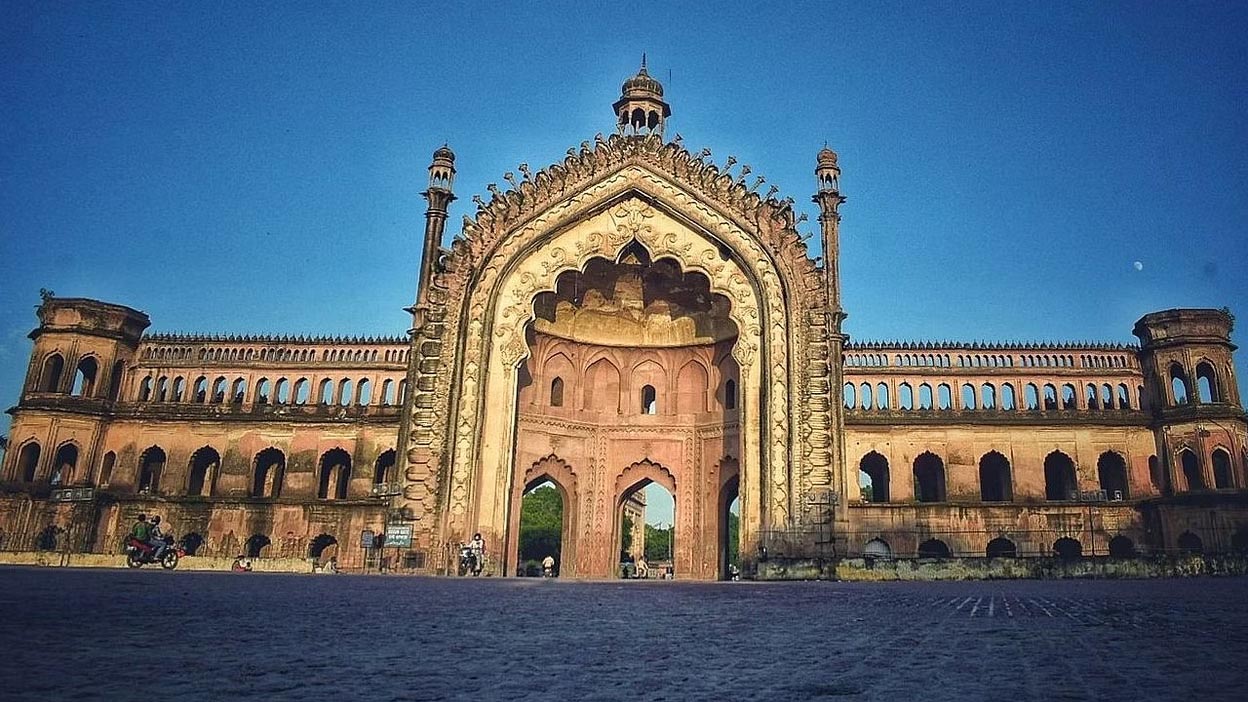

ASI begins restoration work of iconic Rumi Darwaza in Lucknow
Lucknow : The Archeological Survey of India has started the restoration work of the iconic Rumi Darwaza here to plug cracks and strengthen the over two centuries old-Nawab-era structure.
The restoration work will be completed in around five to six months and the local administration has stopped the movement of traffic under the three arches of the structure. It has also banned entry of heavy vehicles, officials said.
ASI officials said besides damage to the parapets, the monument has also developed cracks in its arch and water seepage has also been seen in its central portion.
''The movement of heavy traffic, including trucks and public buses, has been stopped completely near the Rumi Darwaza since Wednesday. ''Only two-wheelers and other small vehicles are allowed via alternate routes,'' said Deputy Commissioner of Police (Traffic) Rayees Akhtar.
The ASI had sent a letter to the administration last week, urging them to prohibit traffic under the structure to begin the restoration work, officials said. ''Rumi Darwaza is a 238-year-old structure and is in dire need of restoration work. After completing the necessary survey, we asked the district administration to divert traffic to begin the restoration work on the structure,'' said Aftab Hussain, Superintending Officer, ASI.
Located in the Hussainabad area of Lucknow, Rumi Darwaza is part of historical Nawab era structure which are tourist hotspots in the city.
Nawab Asaf-ud-Daula, who ruled Awadh from 1775 to 1797, shifted the capital from Faizabad to Lucknow in 1775. Nine years later in 1784, he commissioned the construction of Asafi Imambara (Bada Imambara) and Rumi Darwaza in the middle of a devastating famine as an effort to give employment and revenue to the public, according to historians.
To overcome the shortage of resources amid the crisis caused by the famine, the Nawabs used economical style in architecture of the building. Locally available bricks and lime were used instead of stones and marbles. Stucco ornamentation (gajkari) was used to decorate the monuments and fine details on the walls were made possible by the use of brick which were small in size and not very thick, to form remarkably fine details on the walls and column surfaces, they said.
The structure has also figured in several bollywood flicks, including 'Gadar: Ek Prem Katha' starring Sunny Deol.
''Passing of heavy vehicles caused vibrations in the structure that weakened it. A team of IIT, Kanpur, had also declared the structure very vulnerable. All these aspects were considered before planning the renovation of the structure,'' said Hussain.
ASI officials say they are using the same recipe of mortar used for cementing and fixing gaps in the wall that was used originally during the construction of the monument.
''The ingredients of the mortar include lime, powdered black gram (urad dal), surkhi (brick powder), sand, powdered black gram (urad dal) and natural adhesives along with jaggery. Jute fibers will also be used for bonding and strengthening,'' Hussain said.
The structure survived for over two centuries becoming a symbol of Uttar Pradesh and Lucknow. The Uttar Pradesh Metro Rail Corporation (UPMRC) used the structure in its logo.
Even as diversions near the monuments cause traffic congestion, locals have come out in support of the move. ''Rumi Darwaza needs restoration. It is not just a historic monument but is part of Lucknow's culture. We all need to protect it for our future generations,'' said Narendra Nath Tripathi, a government employee who lives in the old city area.
PTI



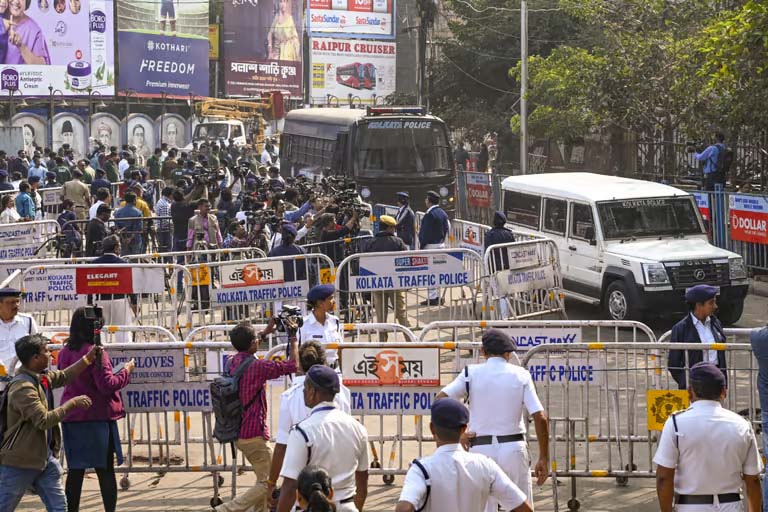




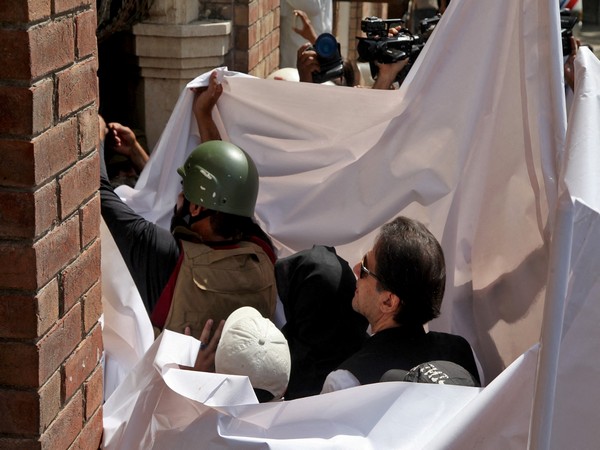

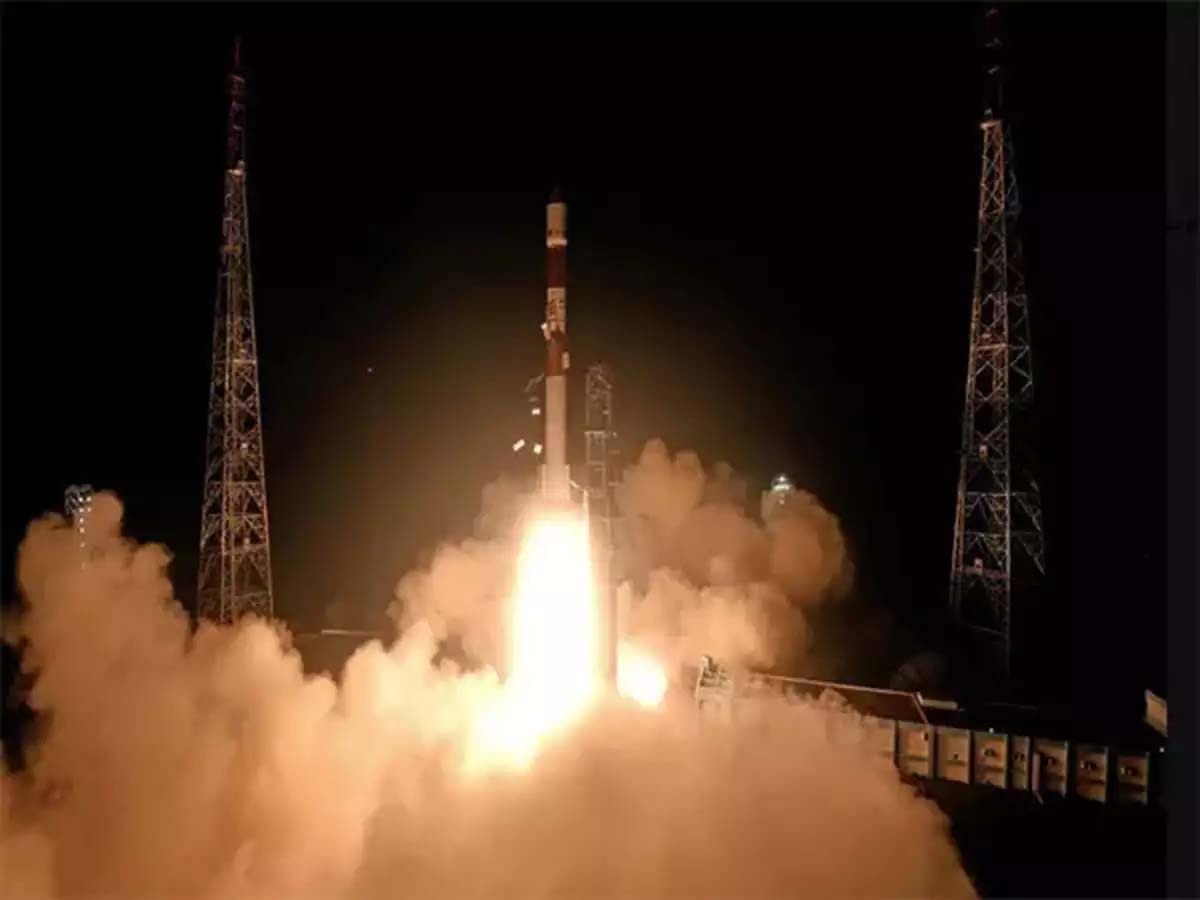

.jpeg)



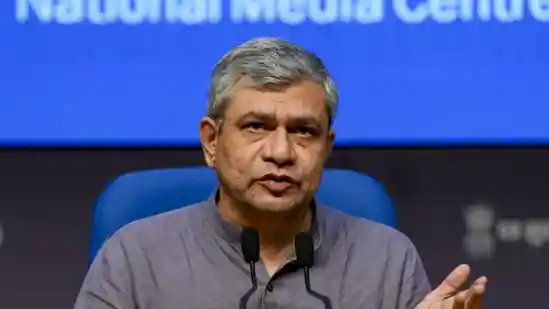


.jpeg)
